How AI Is Reshaping Crypto Gaming: Smarter, Richer, and More Addictive
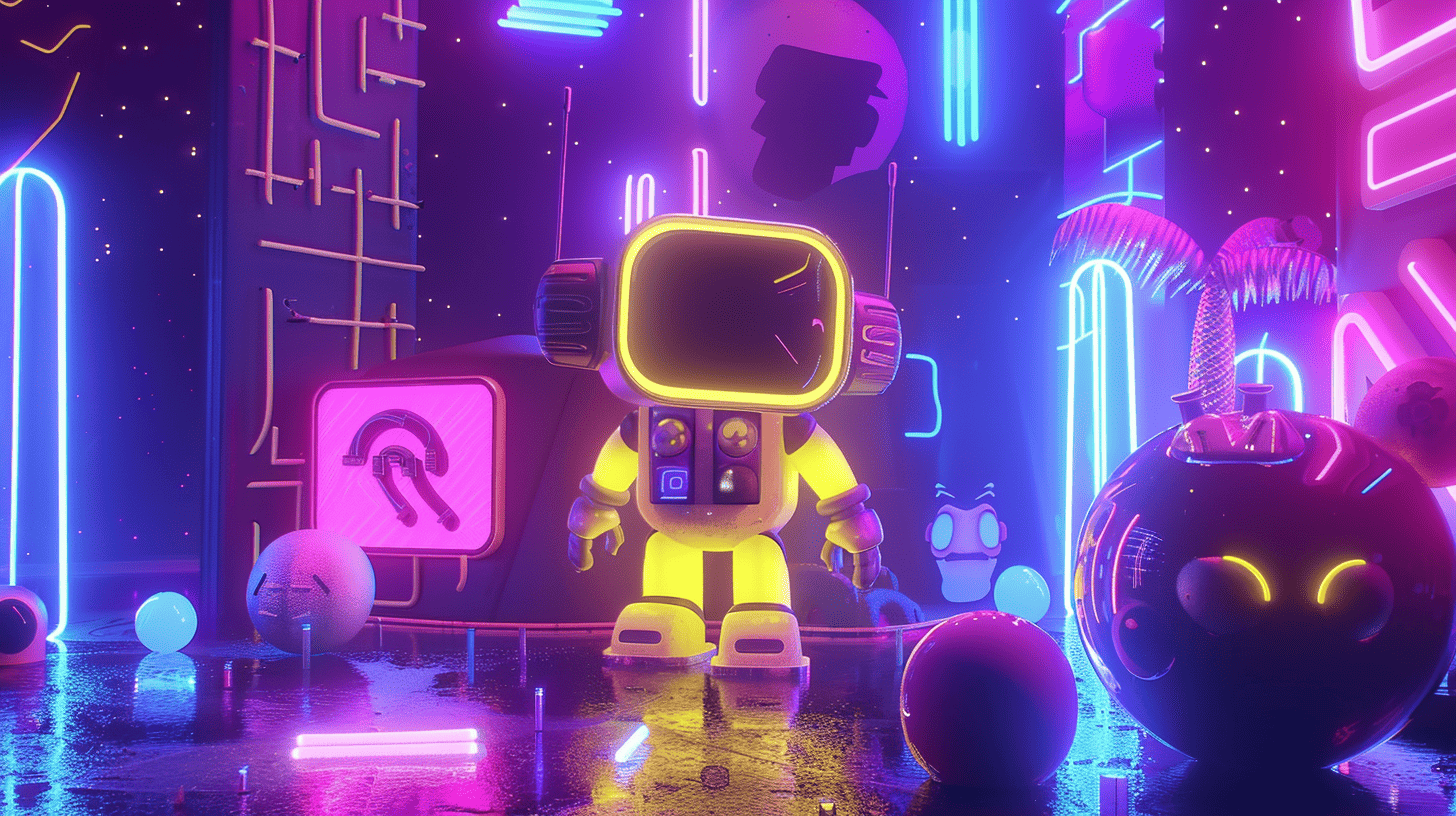
Why AI in Crypto Games Is a Big Deal
AI is everywhere right now — and crypto gaming is no exception. These two worlds are starting to overlap in ways that go beyond surface-level features. We’re not just talking about better graphics or smarter bots. We’re talking about how games think, respond, and evolve in real time.
Crypto games are different from regular games. They're built around real economies, real assets, and real players trying to earn. When AI gets involved, it changes how those systems work. It can adjust in real time, personalize the experience, and spot problems before they grow.
This isn’t some future scenario. It’s already happening. And if you’re playing tap-to-earn games on Telegram or tracking new Web3 projects, you’ve probably seen hints of it already — more responsive NPCs, smarter in-game shops, and better onboarding flows.
In this article, we’ll break down what’s changing, what’s possible, and what to watch as AI continues to shape the way crypto games work.

Smarter Game Worlds: AI as the New Game Master
Most crypto games today are simple. You tap, earn tokens, maybe upgrade a character, and that’s it. It works, but it gets old fast. AI changes that.
With AI, games can respond to how you play. They can adjust difficulty, change story paths, or shift in-game markets based on your behavior. You’re not stuck in a loop — the game evolves with you.
NPCs (non-player characters) also get smarter. Instead of repeating the same lines, they can react to your actions, remember choices, and even act like real players. This makes the game feel more alive — less like a machine, more like a world.
AI also helps build those worlds. Developers can use it to generate levels, items, or events in seconds. That means faster updates, more content, and fewer bugs.
It’s not about replacing humans. It’s about giving small Web3 teams better tools. With AI, they can create richer experiences without needing massive budgets.
You’re not just tapping anymore. You’re part of something dynamic — and it learns from you.
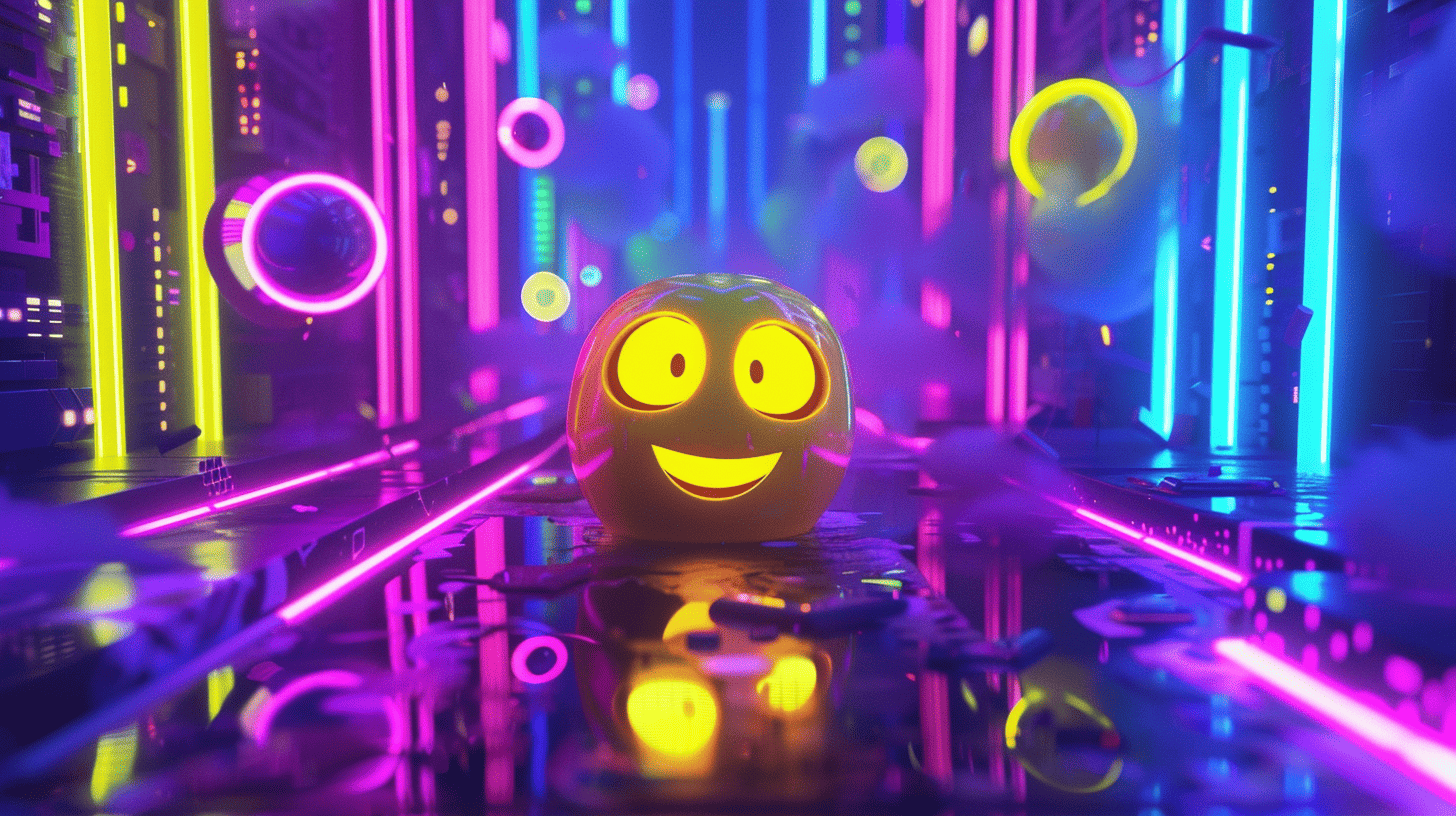
AI-Powered Game Economies: Better Balance, Less Exploits
Crypto games run on real economies. Tokens, NFTs, staking — it’s not just for fun. People put money in and expect to earn something back. But that also opens the door to problems: exploits, inflation, unfair rewards.
AI helps fix that.
It can monitor how tokens move through the game. If someone finds a loophole to farm rewards too fast, the system can flag it instantly. If prices spike or drop too hard, AI can adjust the game’s mechanics to bring things back in line.
It also helps balance rewards. Instead of guessing how much to pay players, AI can look at in-game activity and adjust payouts automatically. That means fewer pump-and-dump situations and more stable earnings.
For developers, this saves time and headaches. They don’t have to manually track everything or react late. AI does the heavy lifting, spotting issues early and suggesting fixes.
The result: fewer exploits, fairer rewards, and token economies that don’t break under pressure.
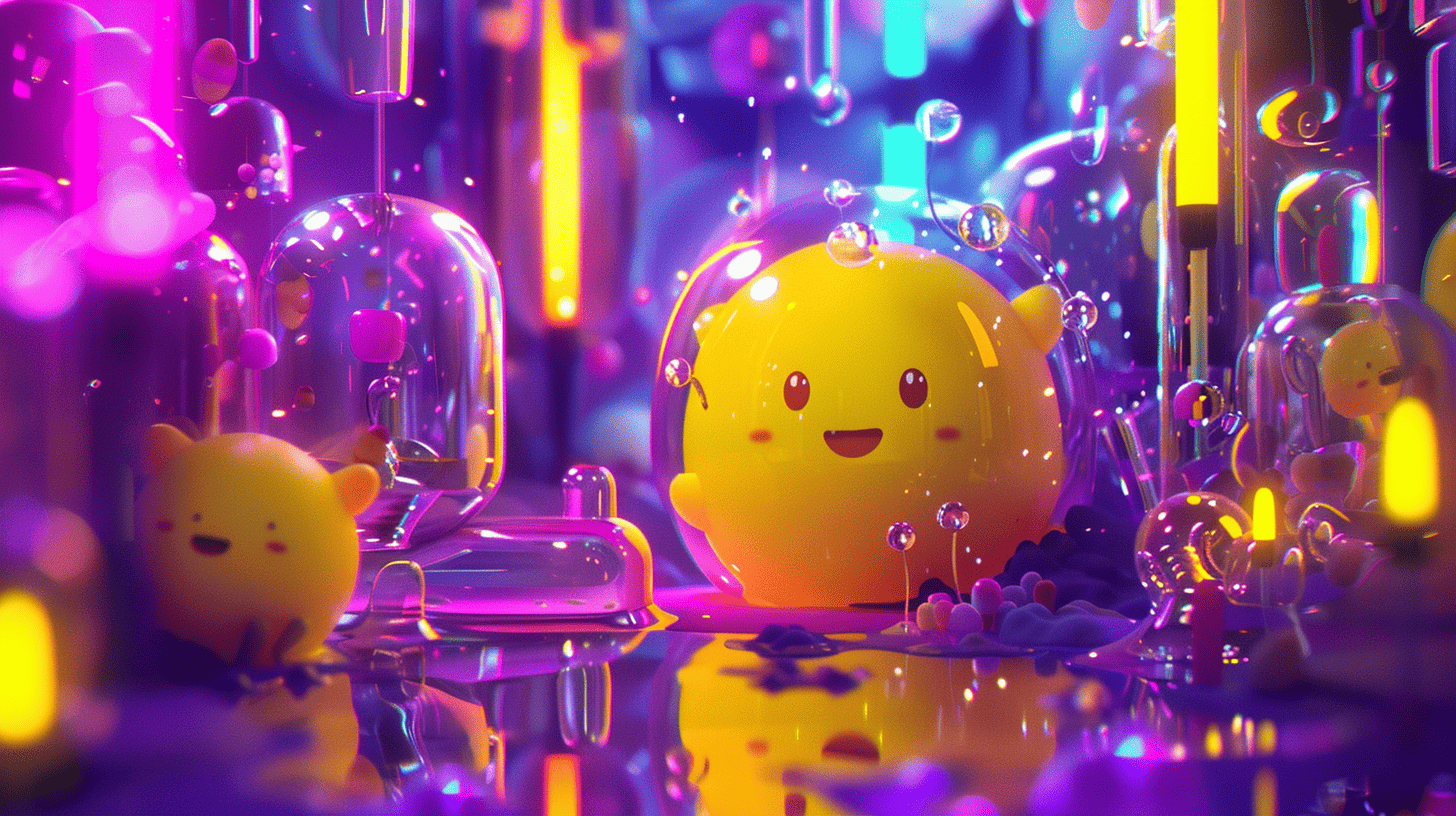
AI-Generated Content: Infinite Assets and Quests
Building game content takes time. Characters, stories, locations — each one usually needs a designer, a writer, and a developer. In crypto games, where speed matters, that’s a problem. AI solves it.
With the right tools, developers can use AI to generate thousands of game assets in minutes. That includes character art, item descriptions, side quests, and even entire levels. You don’t need a big team. You need good prompts.
This matters most for games on tight budgets — like many Telegram tap-to-earn projects. AI helps them grow fast without sacrificing creativity. You get more updates, more variety, and fewer copy-paste mechanics.
It’s also good for players. Instead of doing the same task over and over, you get new challenges that feel fresh. And if those quests are linked to NFTs or token rewards, it keeps the in-game economy moving.
There’s still a human behind the scenes. But AI fills in the gaps — fast, cheap, and endless.
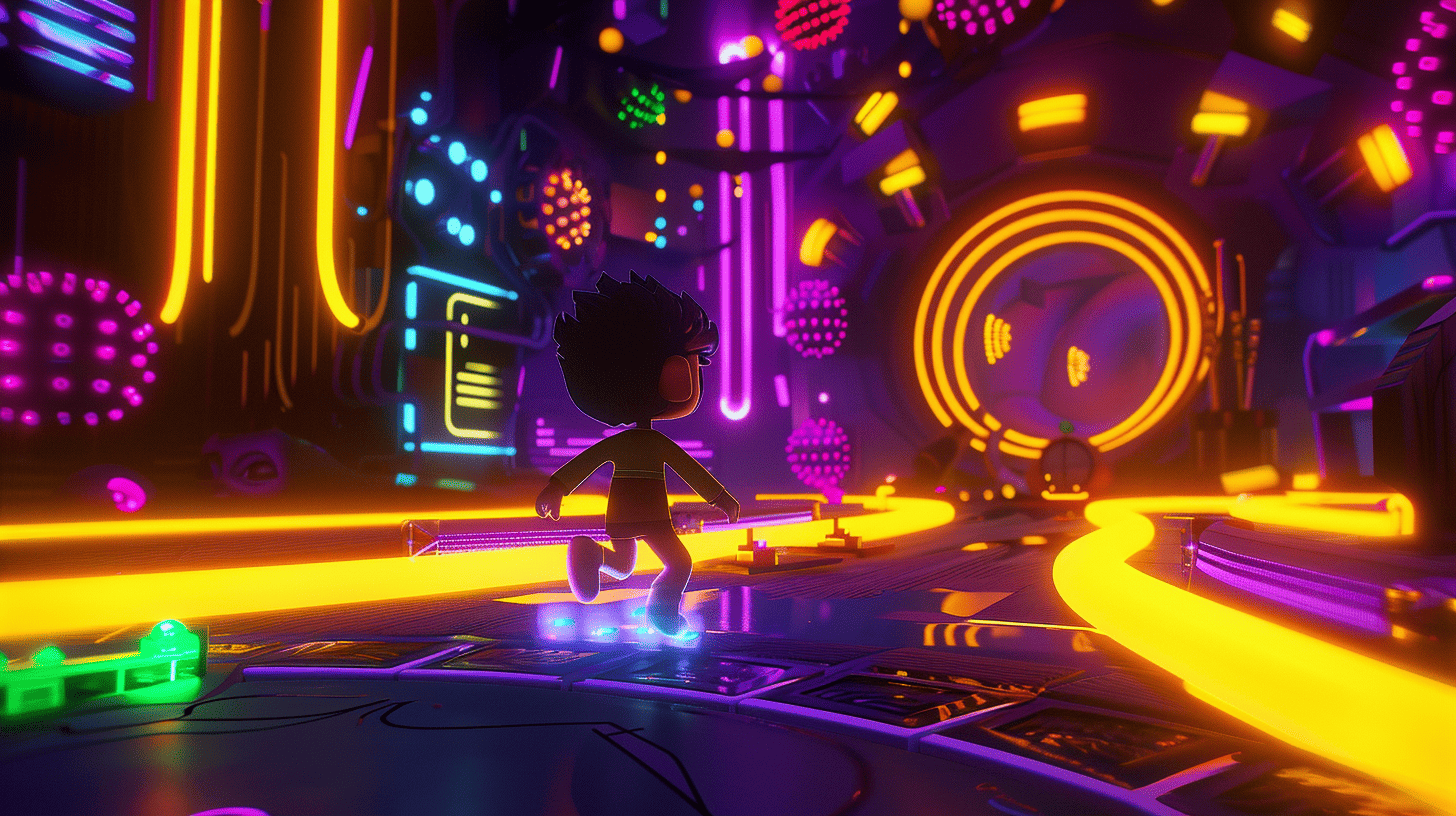
Better Bots, Smarter Moderation: Fair Play and Anti-Cheat
Crypto games attract bots. Especially tap-to-earn games on Telegram. When money’s involved, people try to cheat — auto-clickers, farm accounts, fake referrals. It ruins the game for real players.
AI helps stop that.
Instead of relying on basic filters or manual bans, AI can watch for patterns. It sees when an account behaves like a bot — tapping too fast, acting 24/7, moving tokens in strange ways. And it doesn’t just flag them. It learns and improves with every detection.
Moderation also gets easier. AI can filter spam in group chats, catch abusive language, and block fake invites. That’s a big deal in Telegram games, where much of the action happens in public chats and referral systems.
Fair play matters. When users trust that a game is clean, they stick around longer. They spend more. They invite friends. AI keeps that trust intact — quietly, in the background, 24/7.

Personalized Onboarding and Player Retention via AI
Most players drop off early. They join a crypto game, tap a few times, get confused, and leave. That’s a problem. Especially when every user counts toward growth, token value, and community size.
AI helps keep them around.
It can guide new players based on how they act. If someone taps fast but skips tutorials, the game can offer tips in smaller pieces. If they slow down after level 2, AI can suggest what to do next — or trigger a bonus to bring them back.
Some games already use chatbots or voice-based AI to explain game mechanics. It feels more natural than reading a wall of text. And it works better. Players get the help they need, when they need it.
Retention matters more in Web3 than in Web2. Losing a player might mean losing a buyer, a staker, or a future promoter. AI makes sure fewer people slip away unnoticed.

AI as a Strategic Tool for Developers and Guilds
AI doesn’t just help inside the game. It also works behind the scenes. For developers and guild managers, AI is becoming a key part of strategy.
Developers can use AI to track how players interact with features — which parts of the game they use, where they get stuck, when they leave. This data helps shape updates. No guessing, just facts.
AI also spots trends early. If users are spending less, if a new feature causes bugs, or if a balance change backfires — the system picks it up fast. That gives teams more time to respond and fix things before they spread.
For guilds, AI can help manage player performance. It can rank who’s most active, who brings in the most value, and who might need support or replacement. It also helps optimize recruiting, reward splits, and time management.
Crypto games move fast. The ones using AI in their backend decisions stay ahead — not because they’re lucky, but because they’re better informed.

Risks and Challenges of AI in Crypto Games
AI isn’t perfect. It can make games smarter, but it can also bring new risks and challenges that need to be handled carefully.
First, there's the potential for AI to be manipulated. As AI gets better at tracking behavior, bad actors could try to trick it — using bots that learn how to avoid detection or exploiting AI-generated content. The more AI is relied upon, the bigger the targets become for those who want to break the system.
Second, there’s the issue of data privacy. Games powered by AI need tons of player data to work effectively. But how is that data used? Is it shared? Stored? For crypto games, where personal information and financial transactions are involved, security and privacy become critical concerns.
AI can also create imbalances. For example, if AI constantly optimizes in-game economies, it might make the game too predictable or too easy to exploit. Developers have to find a balance, so AI doesn’t overtake the player's experience.
Finally, there’s the challenge of ethics. As AI starts to generate content — whether it's characters, narratives, or assets — how do we know it’s original or fair? Is AI making art, or just rehashing other people’s work? This raises serious questions about ownership, creativity, and intellectual property in the Web3 world.
AI offers incredible opportunities for crypto games, but these risks need to be managed to make sure the player experience stays safe and enjoyable.

What’s Next: The Future of AI in Tap-to-Earn and Beyond
We’re still early. Most tap-to-earn games on Telegram are simple — tap, earn, upgrade. But AI is already starting to change that. And what comes next could reshape the whole space.
Imagine AI companions that learn how you play and help you make smarter moves. Or in-game assistants that explain mechanics, track your progress, and adapt rewards based on how active you are. These tools aren’t far off — some teams are already testing them.
We’ll also see AI powering entire micro-economies. Instead of preset token flows, rewards could shift based on real-time demand, user activity, or market data. Games could stay balanced even as thousands of new players join in a day.
Telegram games, especially, could benefit. With bots, simple interfaces, and viral mechanics, they’re the perfect place for lightweight AI tools — smarter chats, real-time onboarding, and automated player feedback.
What’s ahead isn’t flashy. It’s functional. AI will keep making crypto games easier to run, better to play, and harder to cheat. That’s good for players, developers, and everyone in between.
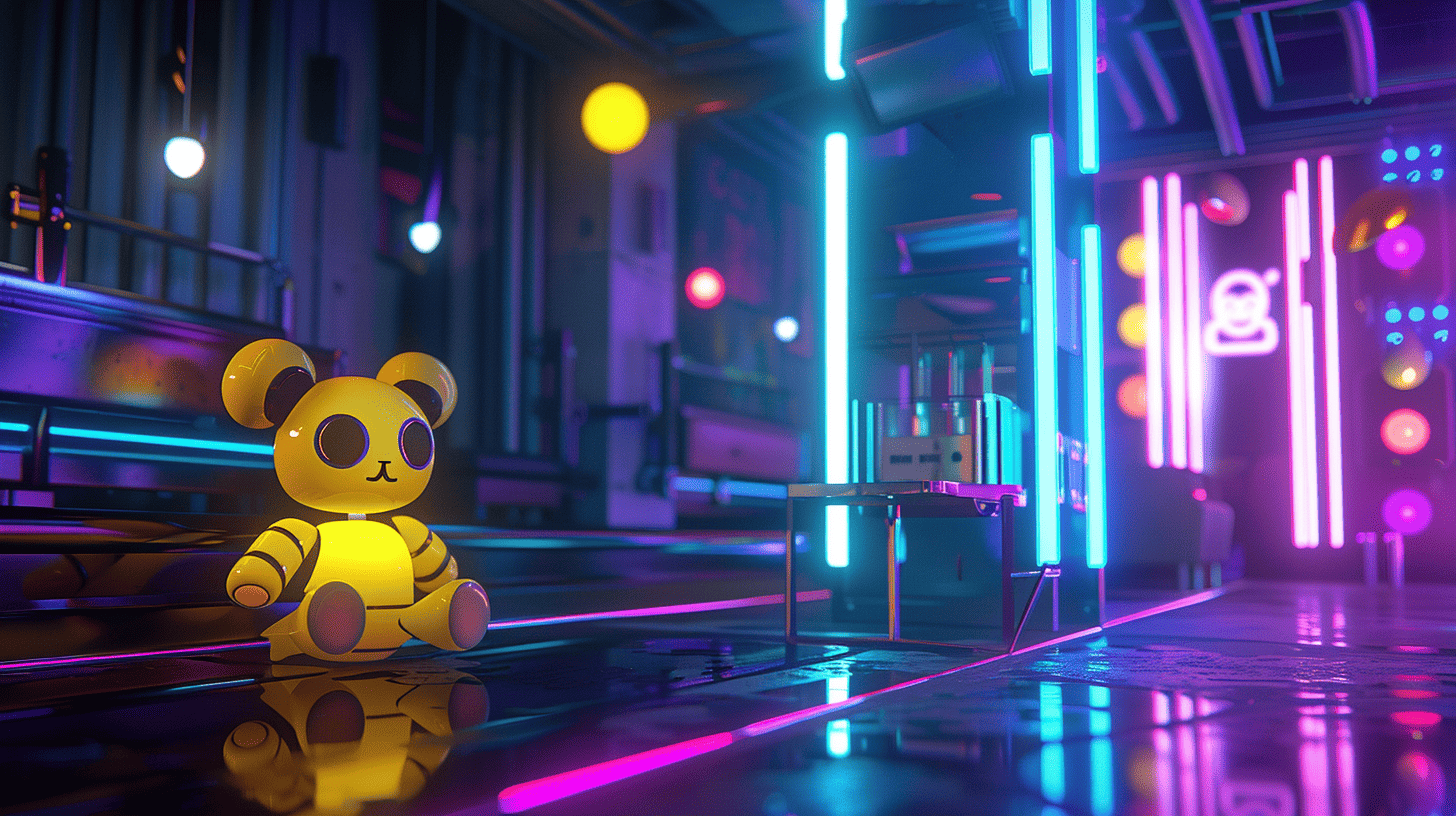
Conclusion
AI isn’t a buzzword in crypto gaming — it’s a practical tool. It helps developers build smarter games, manage economies, stop cheaters, and keep players engaged. For a space that moves fast and runs on real money, that kind of support makes a difference.
We’re already seeing the first signs of what AI can do. Tap-to-earn games are starting to feel more dynamic. Telegram bots are getting smarter. Game worlds are becoming more responsive. And that’s just the start.
If you’re playing, building, or investing in crypto games, it’s worth watching how AI is being used. It won’t replace good game design or strong communities — but it will make both easier to scale.
The games aren’t just getting more advanced. They’re getting smarter. And that’s changing everything.
